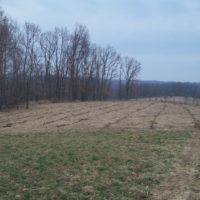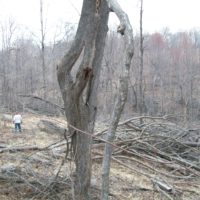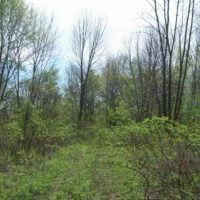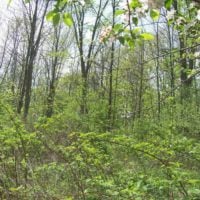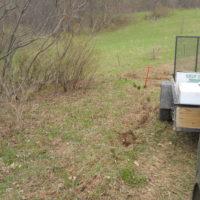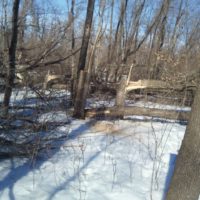This is all good stuff, thanks guys.
So critique this plan per attached photo. Since I’m working by myself in the winter, I have to focus on improving 1 or 2 areas at most.
I’m thinking of improving existing bedding areas 1 and 2 as shown, by dropping/hinge cutting trees in a V shape to block winds from N and W.
I have special high hopes for area 1 because this area is a long shallow slope with mature popple and from a stand on the west edge of the south plot, I can look into this area and see deer heads and ears sticking up. My hope is to make this area even more appealing by blocking wind and opening up canopy to thicken it up somewhat on the edges because it is getting very thin due to mature trees blocking sunlight.
Thoughts?
Grouse
Attachments:
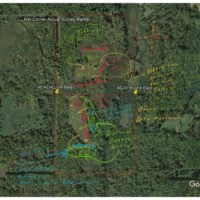
Slide1.jpg
